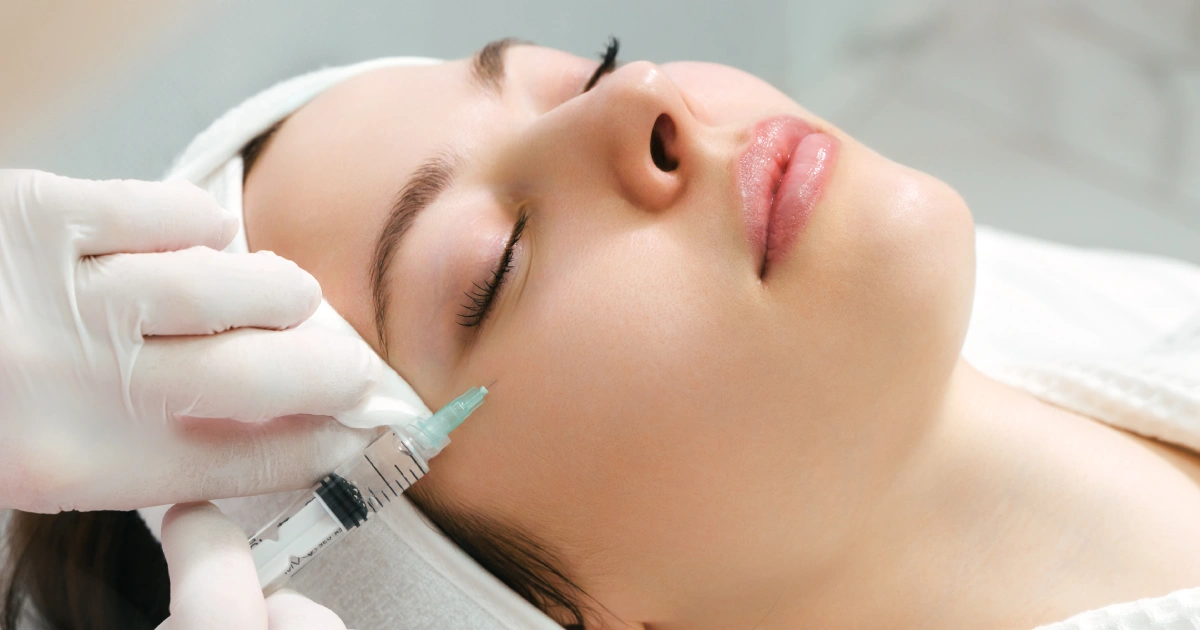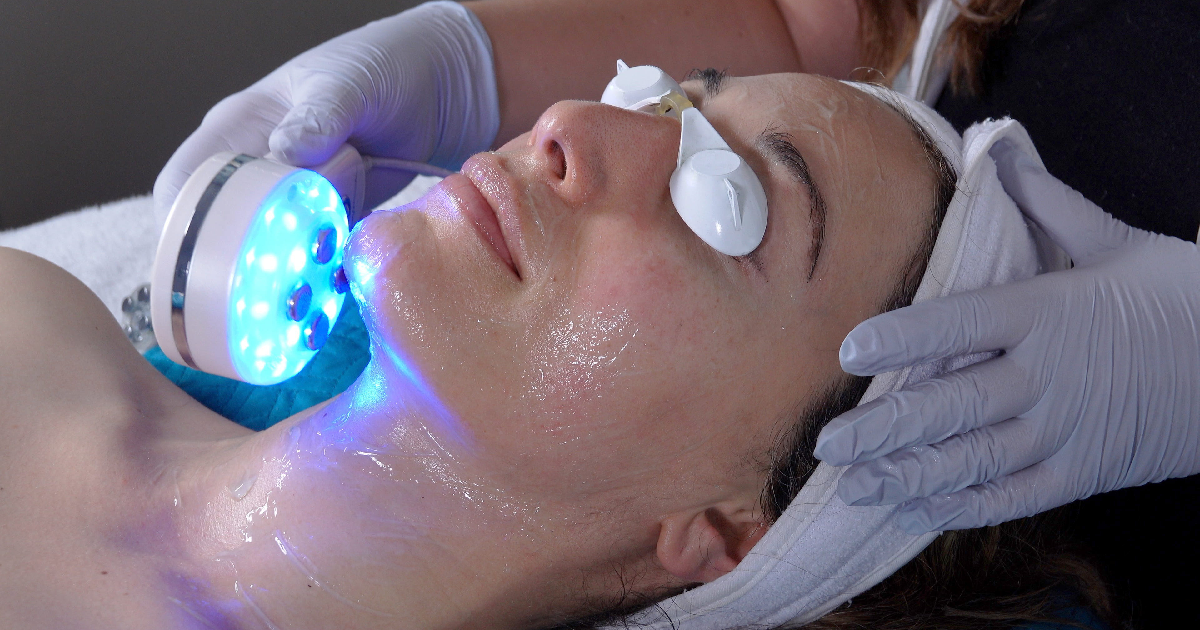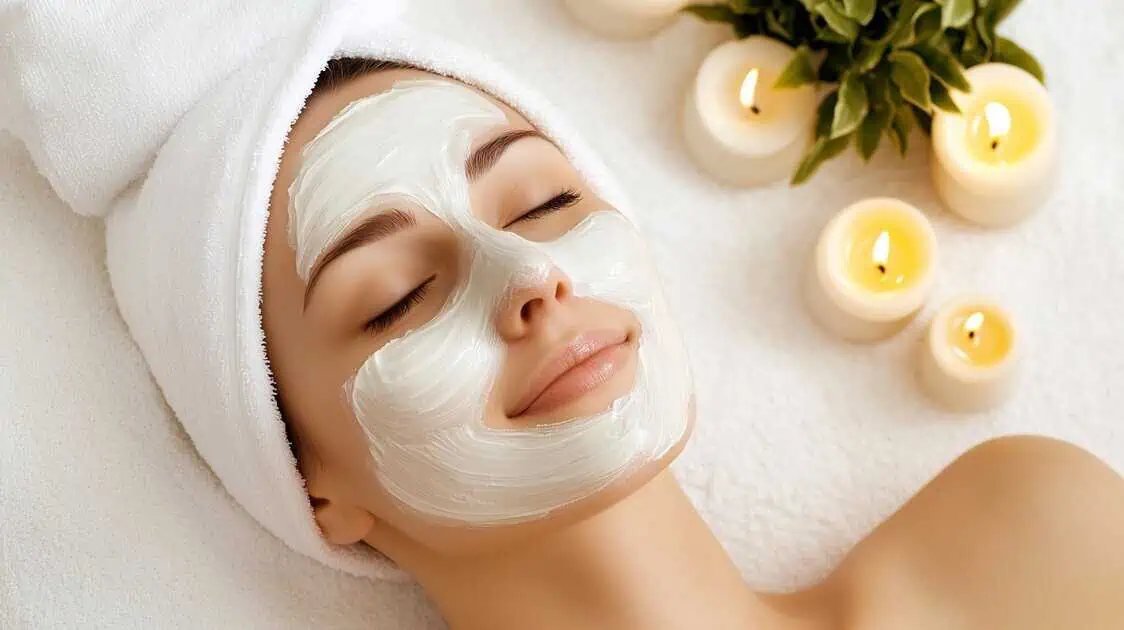Table of Contents
Intense Pulsed Light, commonly referred to as IPL treatment, has earned a respected place in the world of non-invasive cosmetic procedures.
Often categorized under non-surgical skin rejuvenation, IPL has become a go-to solution for patients looking to improve skin tone. It has also proven itself to be effective in reducing pigmentation and addressing acne scars without the recovery time associated with more invasive procedures.
The IPL effect lies not just in the visible results, but in the technology behind it. This article takes a closer look at how IPL treatment works, why it’s effective for multiple skin concerns, and what to expect from your experience
What Is IPL and How Does It Work?
IPL treatment uses pulses of broad-spectrum light to target pigment and vascular irregularities in the skin.
Unlike traditional lasers that emit a single wavelength of light, IPL devices produce multiple wavelengths. This feature allows them to treat several skin issues simultaneously.
The treatment’s wavelengths penetrate the skin and convert into heat. Heat selectively damages the melanin responsible for dark spots and the hemoglobin in blood vessels, which contributes to redness.
In simple terms, IPL for pigmentation targets the unwanted color in your skin. It also encourages your body to eliminate it naturally over time. IPL even stimulates collagen production, which supports a smoother and more even skin texture.
Different IPL Effects for Various Cosmetic Issues
IPL for Acne Treatment
One of the less-discussed yet highly valuable benefits of IPL treatment is its ability to reduce acne and prevent future breakouts.
IPL acne treatment works by targeting the bacteria that cause acne and reducing inflammation. The light penetrates the skin to kill Propionibacterium acnes (P. acnes). This is the bacteria responsible for acne. Simultaneously, it reduces the redness around the affected area and helps control excess oil production.
Many of our patients struggle with persistent breakouts. After their treatment, they find that IPL acne treatment helps with both active acne and the residual redness and scarring it often leaves behind.
While results aren’t immediate, multiple treatments over a span of several weeks can significantly improve the skin’s appearance.
IPL Photofacial for Sun Damage and Skin Aging
Sun exposure leads to a variety of skin concerns. Examples of these are sun spots, freckles, and uneven tone. IPL photofacial for sun damage is a common term used to describe IPL’s application in reducing these signs of aging.
The light energy specifically targets the pigmented lesions caused by UV exposure. As the light is absorbed, the pigment heats up and eventually breaks apart.
Over the following days, these pigmented areas will darken and flake off. Eventually, they will reveal a more even skin tone underneath. The anti-aging process can take anywhere from one to three weeks, depending on the individual.
For those who have spent years in the sun without adequate protection, IPL photofacial for sun damage can make a visible difference in skin clarity and vibrance.
IPL for Dark Spots and Pigmentation
Uneven pigmentation and dark spots are among the top reasons patients seek IPL treatment. Whether caused by sun damage, hormonal changes, or inflammation, these spots will create an uneven complexion that’s hard to conceal.
IPL for dark spots works by targeting the excess melanin in the skin. The pigment absorbs the light energy, which breaks it into smaller particles that the body can gradually eliminate. The treated spots typically darken initially. However, patients can expect them to flake off. With each session, skin tone becomes more consistent and refined.
Likewise, IPL for pigmentation is effective on conditions like melasma and post-inflammatory hyperpigmentation. Though not a cure, it offers significant improvement. This is especially true when combined with other skincare and sun protection practices.
How Many Treatments Are Needed?
Results from IPL treatment are cumulative. Most patients require a series of 3 to 5 sessions spaced about 4 weeks apart. This allows the skin to recover and respond to each treatment.
Factors like age, skin type, and the specific concern being addressed can affect the number of sessions needed.
For example:
- IPL for dark spots may require fewer sessions if pigmentation is shallow.
- IPL acne treatment often involves multiple sessions for optimal reduction in breakouts and redness.
Consistency is key. Skipping treatments or not completing the full series may reduce overall effectiveness.
Aftercare and Results
To maximize results and minimize side effects:
- Avoid sun exposure and always use broad-spectrum SPF.
- Keep the skin moisturized and avoid picking or scrubbing the treated area.
- Use gentle skincare products post-procedure.
Results typically begin to show within one week. Skin may appear brighter, more even, and smoother after just one session.
The full benefits become more apparent after the full series is complete. Some maintenance treatments every 6 to 12 months help prolong results.
Is IPL Treatment Right for Everyone?
IPL treatment works best on lighter skin tones (Fitzpatrick I to III). This is because the light can more easily differentiate between the pigmentation and the surrounding skin. Those with darker complexions may require alternative therapies (e.g., chemical peels and microneedling) to avoid potential risks like hyperpigmentation.
A consultation with a trained provider—such as the team at Awaken Aesthetics in Hammonton and South Jersey—is necessary to determine suitability. Those with active infections, certain skin conditions, or who are pregnant should avoid IPL until cleared by a provider.
Awaken Aesthetics: IPL Treatments in Hammonton and South Jersey
At Awaken Aesthetics, IPL treatments in Hammonton and South Jersey are performed using the Cutera xeo+ Limelight IPL device. This advanced platform is specifically designed to treat redness, rosacea, sun damage, brown spots, and broken vessels.
The Limelight system stands out because of its ability to target both red and brown pigmentation while stimulating collagen beneath the surface.
Here’s what to expect during your visit:
- Consultation and Prep: Upon arrival, the staff will answer any last-minute questions and cleanse the areas to be treated. A cooling gel is applied for comfort and safety
- Treatment Time: Sessions last between 15 and 60 minutes, depending on the size and location of the treatment area.
- Post-Procedure Response: You may notice your skin appears pink or feels warm. Brown spots often darken before flaking off within a few days to weeks. Some puffiness or redness may occur, but usually resolves quickly.
- Downtime: Many patients return to work immediately. Makeup can be used post-treatment to mask any temporary redness.
Start Your Skin Transformation – Schedule your consultation!
Frequently Asked Questions
How long does an IPL treatment take?
A typical session lasts between 15 and 60 minutes. It still depends on the area treated.
Does IPL hurt?
For most patients, the sensation is similar to a mild snap or flick, like a rubber band.
How many IPL sessions will I need?
Most people see optimal results after 3 to 5 treatments spaced a few weeks apart.
Can I wear makeup after IPL treatment?
Yes, you can apply makeup right after the procedure to cover any redness.
When will I see results from IPL?
Initial improvements are often visible within a week, with full results developing over several weeks.





